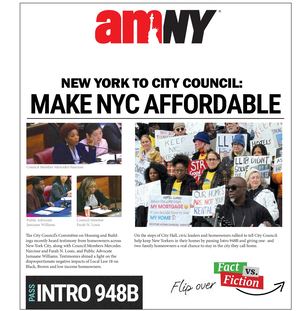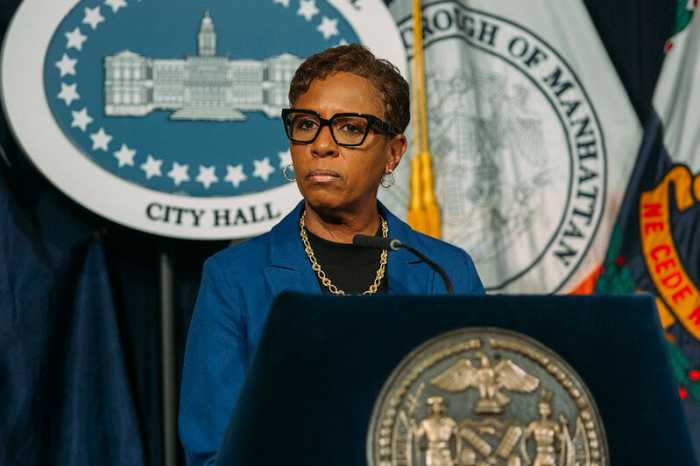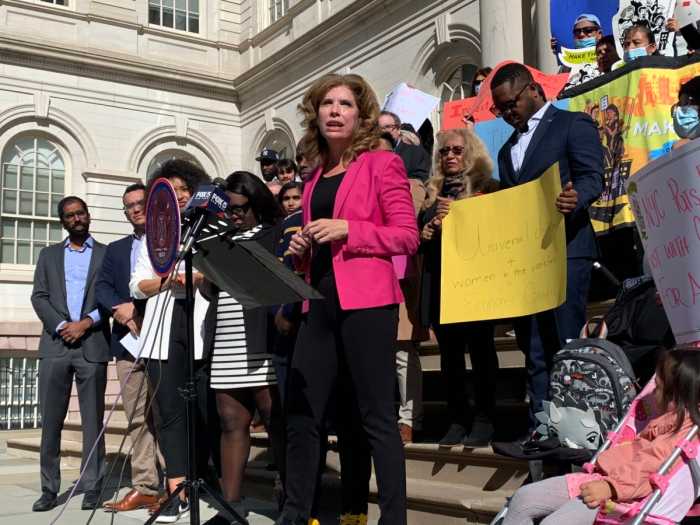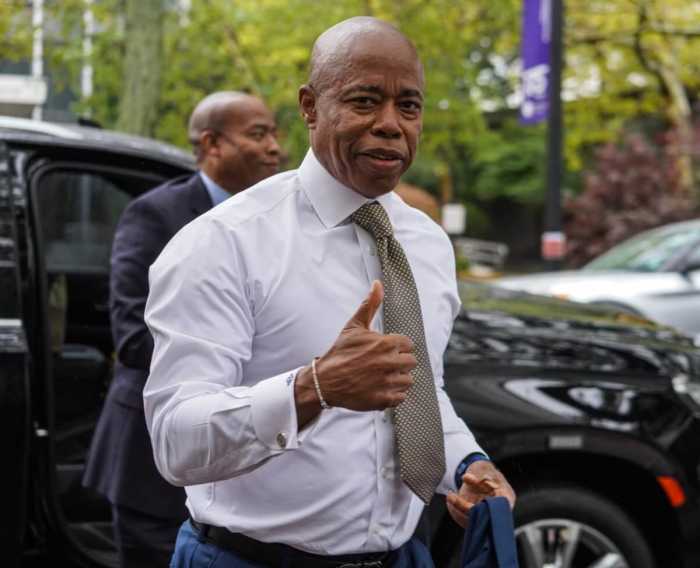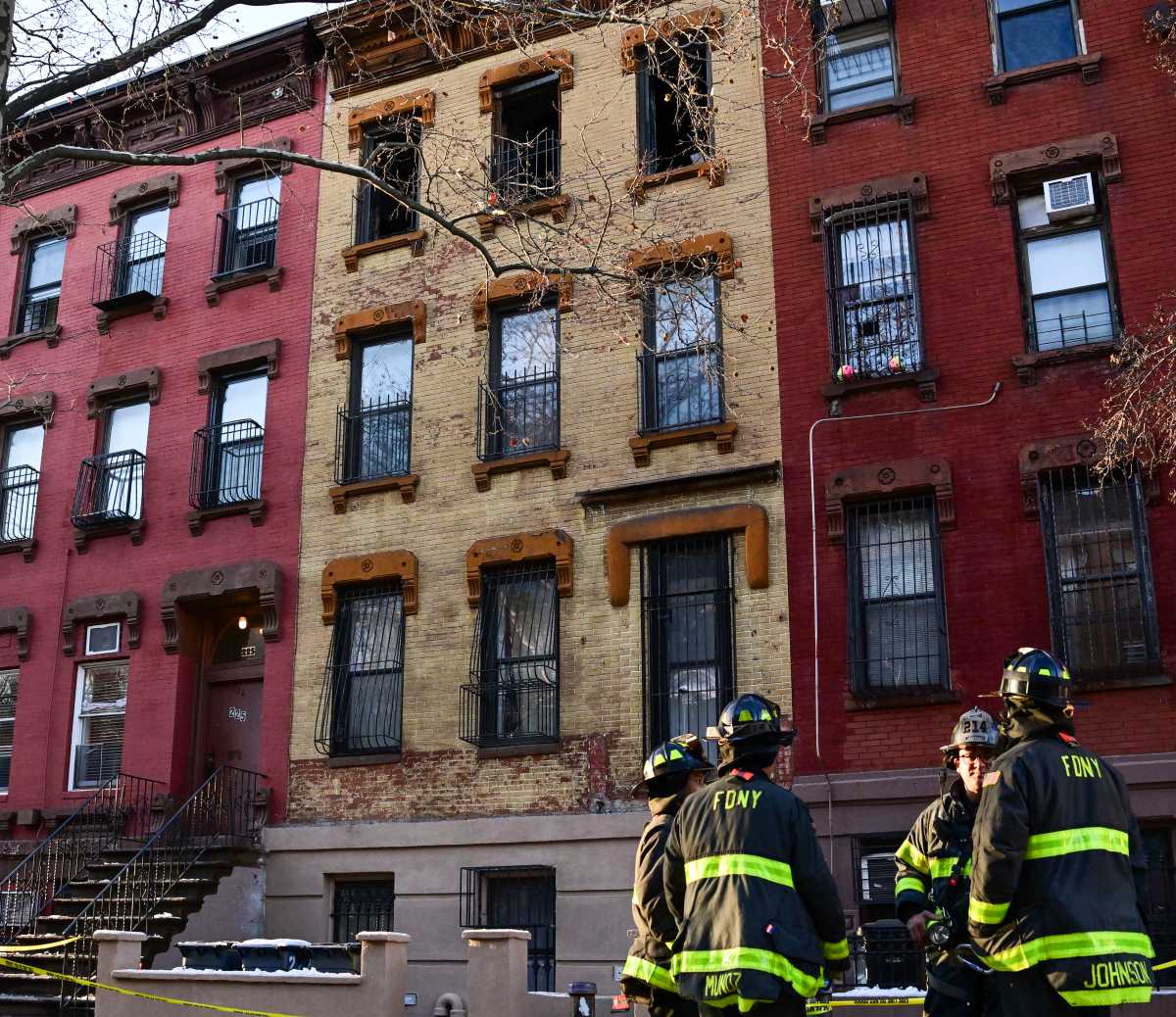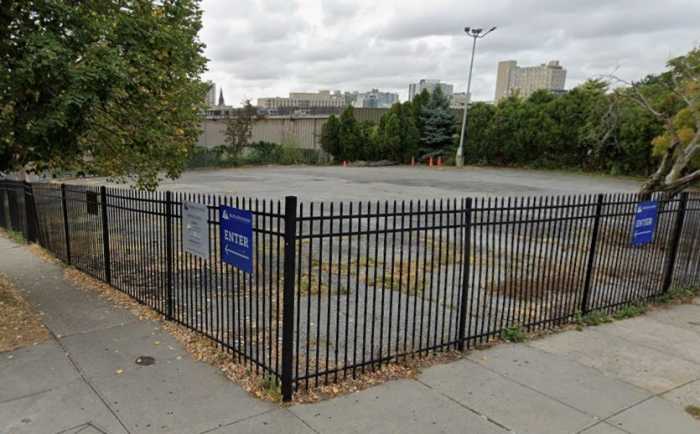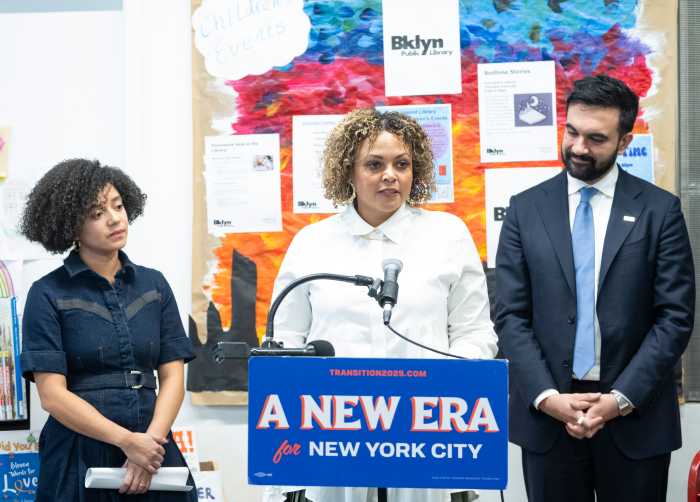The cost the city is likely to incur from the migrant crisis could well blow past Mayor Eric Adams’ $4.3 billion projection by next July, the mayor’s budget director said at a City Council hearing on Tuesday.
Jacques Jiha, director of the Office of Management and Budget (OMB), said at a hearing examining the mayor’s $107 billion Fiscal Year 2024 executive budget, that the office’s $4.3 billion cost estimate seems “optimistic” given recent trends and the expiration of Title 42 on May 11.
“If this trend persists, asylum seeker costs will grow dramatically above the $4.3 billion forecast,” Jiha told council members Tuesday morning.
Having to provide shelter, food, clothing and other services for nearly 45,000 migrants currently in the city’s homeless and emergency shelters, Jiha said, has created a potentially disastrous fiscal situation for Gotham. The budget director added that cost will likely grow as there’s a “very real possibility” the migrant influx could “go on for years.”
“Providing these mandated services, however, is very expensive,” Jiha said. “And every New Yorker should be concerned about these escalating costs and their ramifications for potential service disruptions and the very real possibility that this may go on for years.”
Jiha and the mayor have often cited the potential cost of the migrant crisis as a reason for requesting all city agencies trim their budgets by billions of dollars collectively — with $1.6 billion in savings coming from the most recent round of cuts in April.
“The reality is that this is a fiscal emergency,” Jiha said. “Unless we get meaningful assistance from the federal government and state government, we face the catastrophe of running out of places to house migrants and the resources needed for them.”
But, Jiha said, Washington is only granting the city a small chunk of the $600 million it requested in reimbursements for migrant costs and $1 billion allocated through this year’s state budget will be offset by cuts and cost-shifts imposed by the Albany spending plan.
The city has received a total $38.5 million from the federal government, which Jiha said barely covers five days of migrant-related expenses. The state’s $1 billion allocation will be cut in half by cuts and cost-shifts in the state budget, Jiha said, meaning the city will only be left with $500 million that will cover about five months of migrant costs.
City Council Speaker Adrienne Adams said the council was “very disappointed” to see President Biden’s administration had only granted the city $30.5 million of the $350 million in first round Federal Emergency Management Agency (FEMA) reimbursements City Hall had applied for in March.
“We were very disappointed to learn that the city will only be receiving $30.5 million in the first round of awards, which is only 8.7% of the $350 million it had applied for,” the speaker said. “If the city is awarded the same percentage in the next tranche, federal funding will total just over $39 million.”
The speaker then asked how much of the tab Jiha thinks the state and federal government should each be picking up. Jiha said the White House should foot the full bill, considering its relying on New York City to help solve a national immigration issue.
“This is a federal problem and it should be fully funded by the federal government,” Jiha said. “The federal government cannot have a policy in place where New York City is the decompression strategy, and basically not giving New York City a penny to deal with the problem.”
But the administration’s cost projections for the asylum seeker crisis were challenged by the Independent Budget Office (IBO) in an analysis released earlier this month. That report found the city would spend between $2.7 billion and $3.7 billion on the influx over a two year period, the latter being $600 million less than what OMB projects.
IBO mapped out three possible spending scenarios in the report: $2.7 billion at the lowest, $3.1 billion in the middle and $3.7 billion on the high end. Each situation assumes the same rate of migrants entering and leaving the shelter system next year as this year, with predictions based on whether Adams’ office can find cost-efficiencies or is forced to boost emergency spending.
Council Finance Chair Justin Brannan asked Jiha what the factors are driving the difference between his office’s and IBO’s cost projections. Jiha responded that while he’s not able to comment on IBO’s report because he isn’t familiar with the data it used or assumptions it made, he did urge the office to update its projections for Fiscal Year 2023 — which was $1.4 billion on the high end — considering the city had already spent $1 billion on the influx by April.
During IBO’s own testimony on Tuesday, Sarah Stefanski — the office’s assistant director for housing, environment and infrastructure — said the main difference between their projection and OMB’s is assumptions made about how many asylum seekers will arrive in the city over the next year.
“From our understanding, the main driver is population projections,” Stefanski said. “There are all of these variables that IBO had to consider and also OMB has to consider. We can speak to our model where we looked at past trends and used that as an example of inflows and outflows and the types of populations who are showing up to New York and we apply that to our projections through the end of 2024.”
